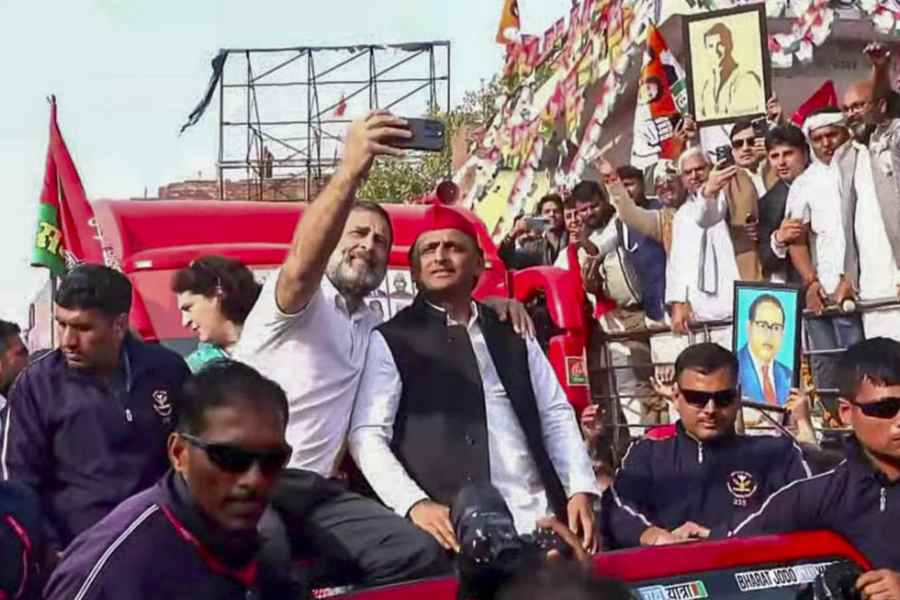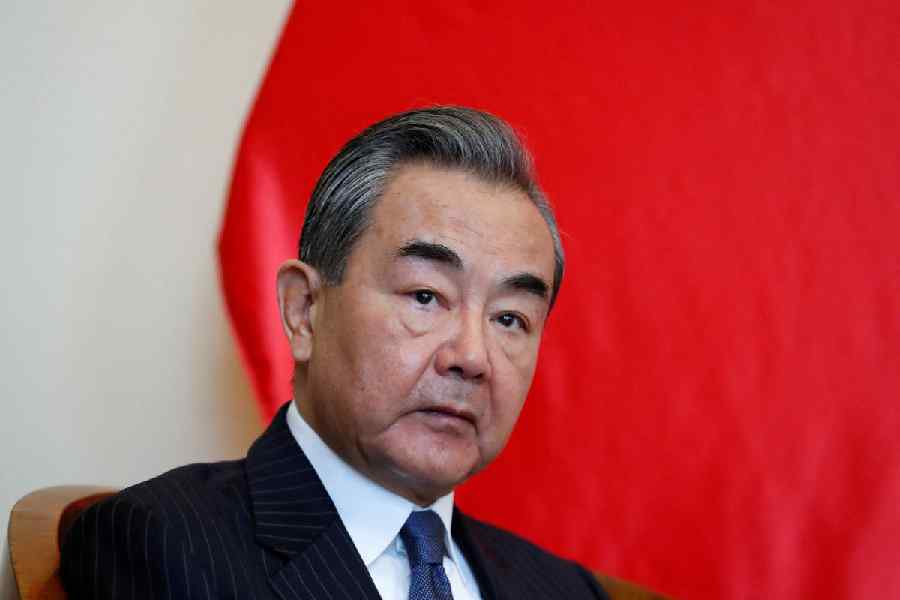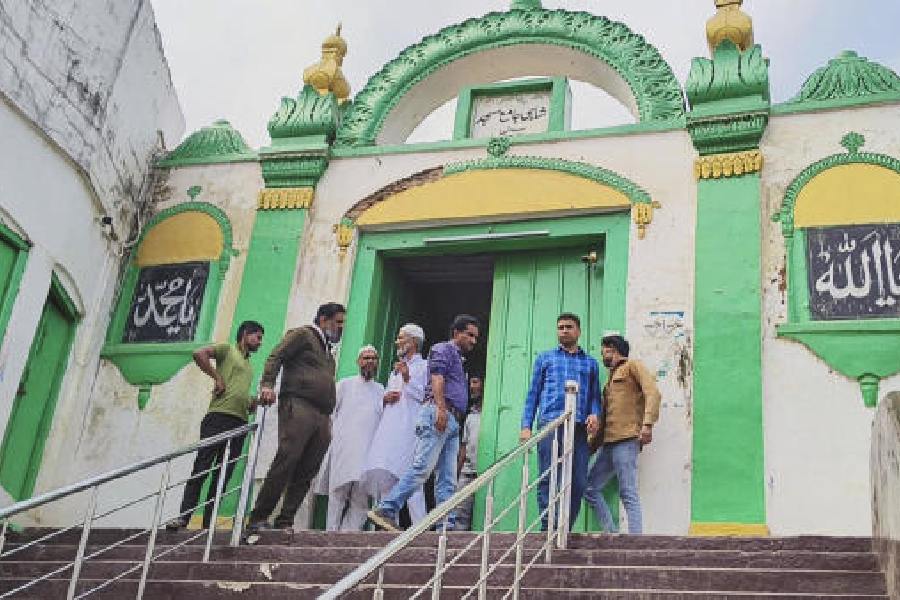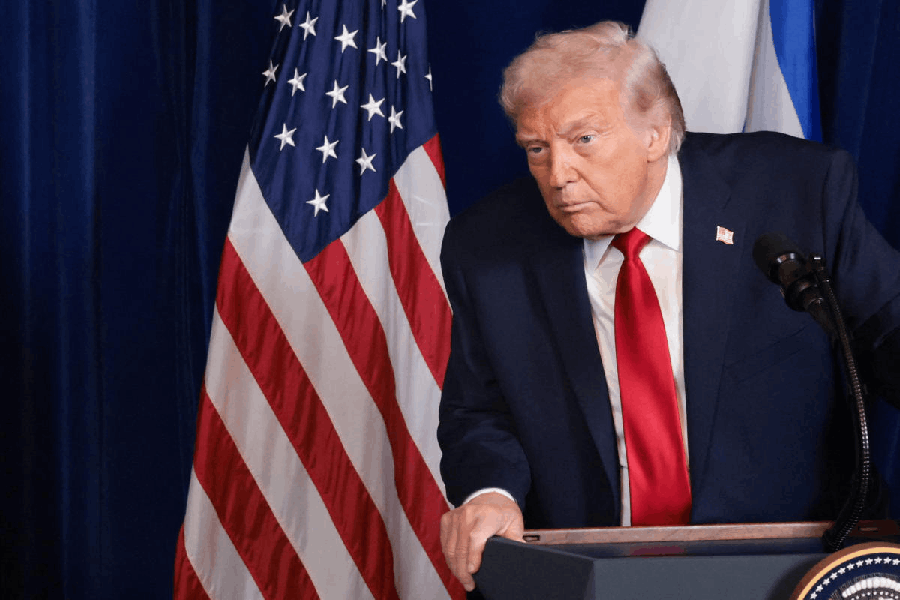Some sort of cohesion seems to be returning — finally — to the INDIA camp. Two of its constituents, the Congress and the Samajwadi Party, have managed to arrive at a consensus on seat-division in the electorally crucial state of Uttar Pradesh: the Samajwadis, UP being their bastion, will do the heavy lifting while the Congress, defanged considerably in this state, will contest 17 seats. This announcement was preceded by another development — the finalisation of seats between the Congress and the Aam Aadmi Party in Delhi along with a number of other states; Punjab being the only exception to their newfound camaraderie, apparently for strategic reasons. These alignments are, indeed, proverbial stitch-in-time measures for the beleaguered Opposition. Having been put on the back foot by the desertions by Nitish Kumar and the Rashtriya Lok Dal’s Jayant Singh, the alliance would be hoping that the success achieved in seat-sharing involving the Congress, SP and AAP would generate a similar momentum in other states. Bengal, where Mamata Banerjee remains adamant about going it alone, Kerala and Maharashtra remain particularly knotty while Bihar, given Mr Kumar’s switch to the National Democratic Alliance, has been an opportunity lost. In fact, there is a case to argue that had INDIA’s partners, especially the Congress, demonstrated this kind of energy and nimbleness earlier, the coalition may not have suffered the depletions it did. INDIA must now work at a feverish pace to plug the gaps in major states where the alliance is yet to take concrete shape even months before the polls.
Of course, an alliance is not a guarantee for success. In UP, for instance, the SP-Congress combine would have to take on not only the BJP’s organisational heft and the dominating arc of Hindutva but also the party’s deep inroads among other backward classes and the diverse, socially marginalised constituencies. Whether this can be met by a counter-mobilisation of OBC-Dalit groups — an agglomeration being eyed by both the Congress and the SP — remains to be seen. Seamless vote transfers among the allies in the Opposition — the SP and the Bahujan Samaj Party alliance had come a cropper in this aspect earlier — is likely to remain a formidable challenge not only in UP but also, say, between the AAP and the Congress in Delhi. But at least, it appears that the Opposition is up for these stiff tests. That is heartening for the future of India’s electoral democracy.










